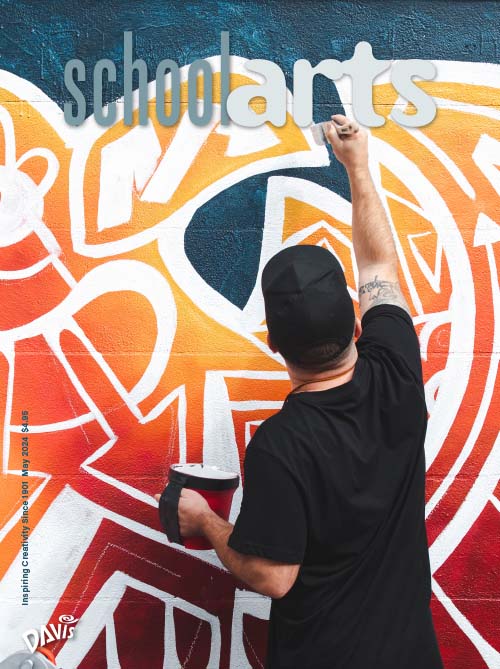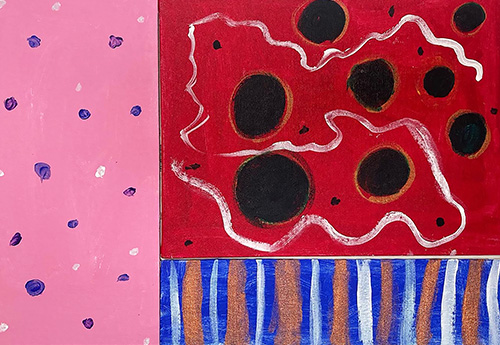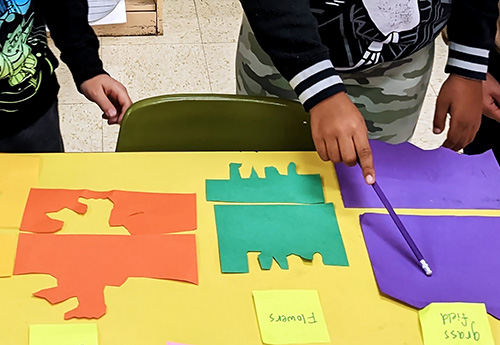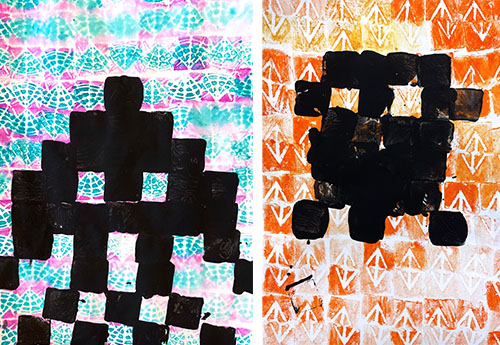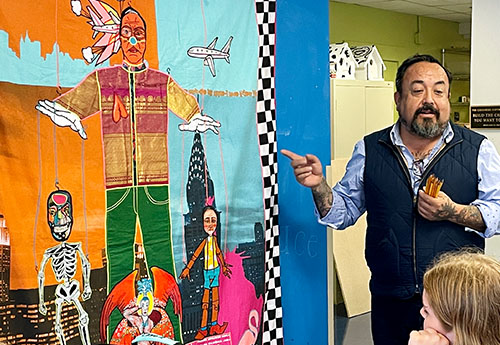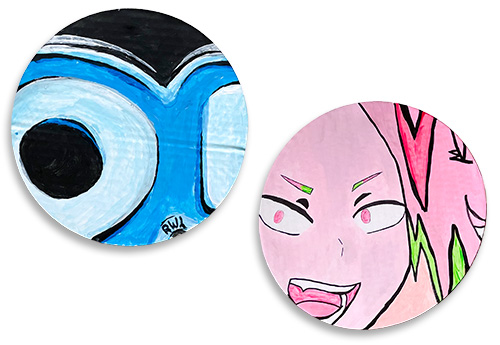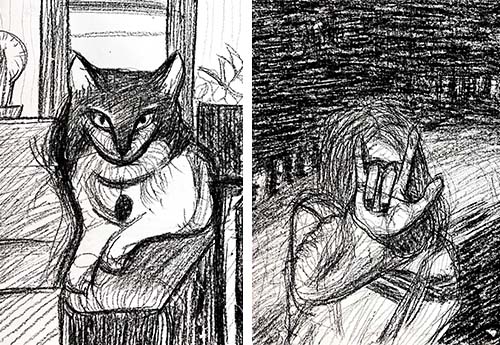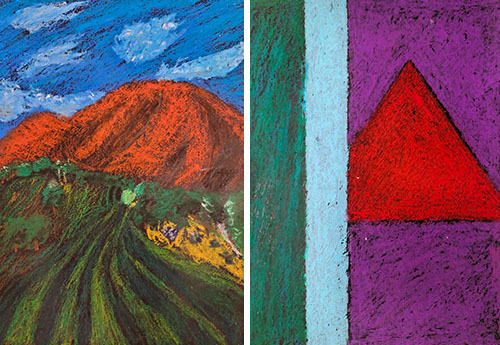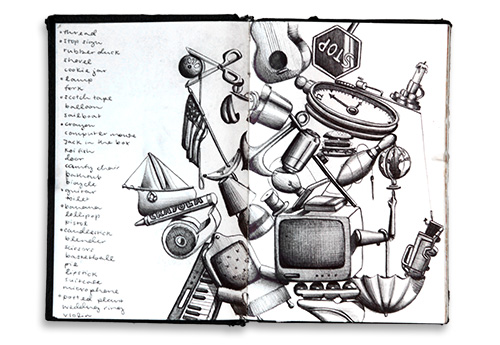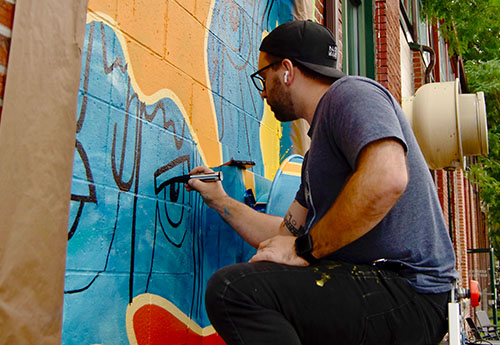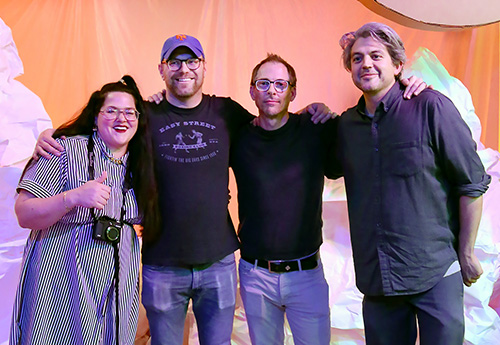
Co-Editor’s Letter: Contemporary Art
As you read the articles about contemporary art in this issue and share the associated projects with your students, keep in mind that you’re not discarding the teaching of traditional artists and art-making approaches, but rather exposing students to a full range of possibilities at their disposal. The journey of artistic exploration knows no bounds, and by embracing the enormity of creative possibilities, we pave the way for an enriched artistic education.
Read Article
